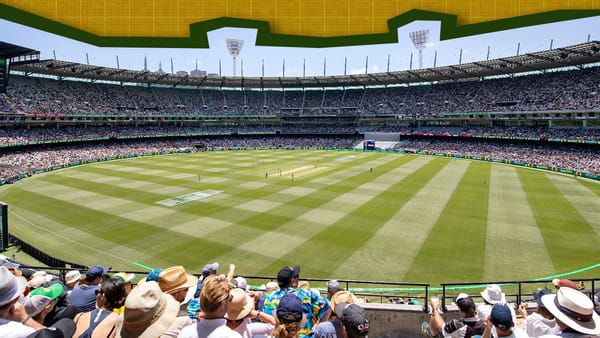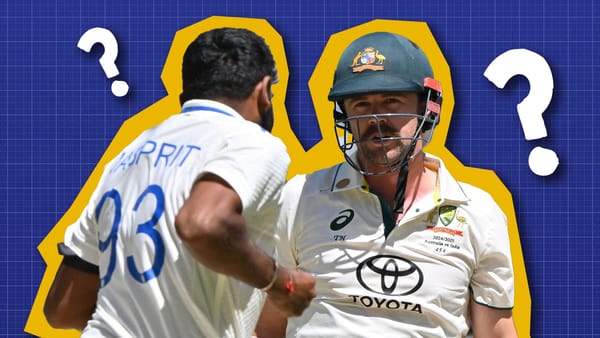The birth of the IPL
When Martin Crowe invented Cricket Max, people laughed. But by 2007, things had changed.
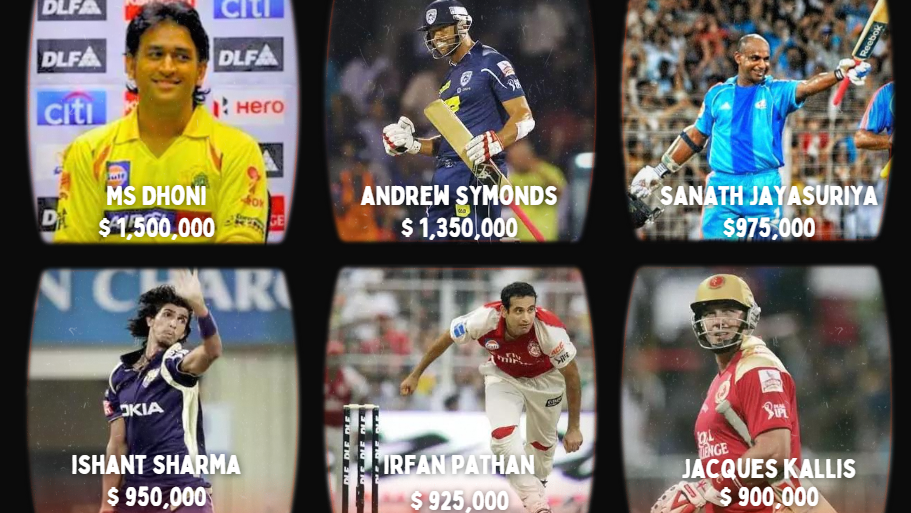
This post is brought to you by Cricket8. We’ll be writing there throughout the IPL. Plus there will be podcasts and live watchalongs.
ODI cricket was massive in the early 2000s. The crowds were good and TV companies loved the 100 ad format. The format wasn’t new, but it wasn’t really until the 90s that it took off.
Then came an ECB focus group from which T20 cricket was formed. It was a popular club format that the ECB brought in to bring evening crowds to cricket grounds. It took a while, but eventually, a few other leagues followed as well.
Before T20 took over, and in the early wave of ODI madness, there was a man called Lalit Modi (who had left America after a story that included drugs and kidnapping), who wanted city-based, privately owned teams competing in a tournament featuring Indian and foreign players. It was the IPL, but for 50 over cricket, in the 90s.
That was more than a decade before anyone else. Despite being a visionary, he rubbed many the wrong way. And cricket was just not ready for this kind of thing anyway. When Martin Crowe invented Cricket Max, people laughed. But by 2007, things had changed.
The first actual franchise league would not be Lalit Modi’s creation, but the ‘rebel’ Indian Cricket League (ICL). A doomed unprofessional mess of a tournament with some early success. That finally got the richest cricket board in the world, the BCCI, to begin a franchise competition of their own.
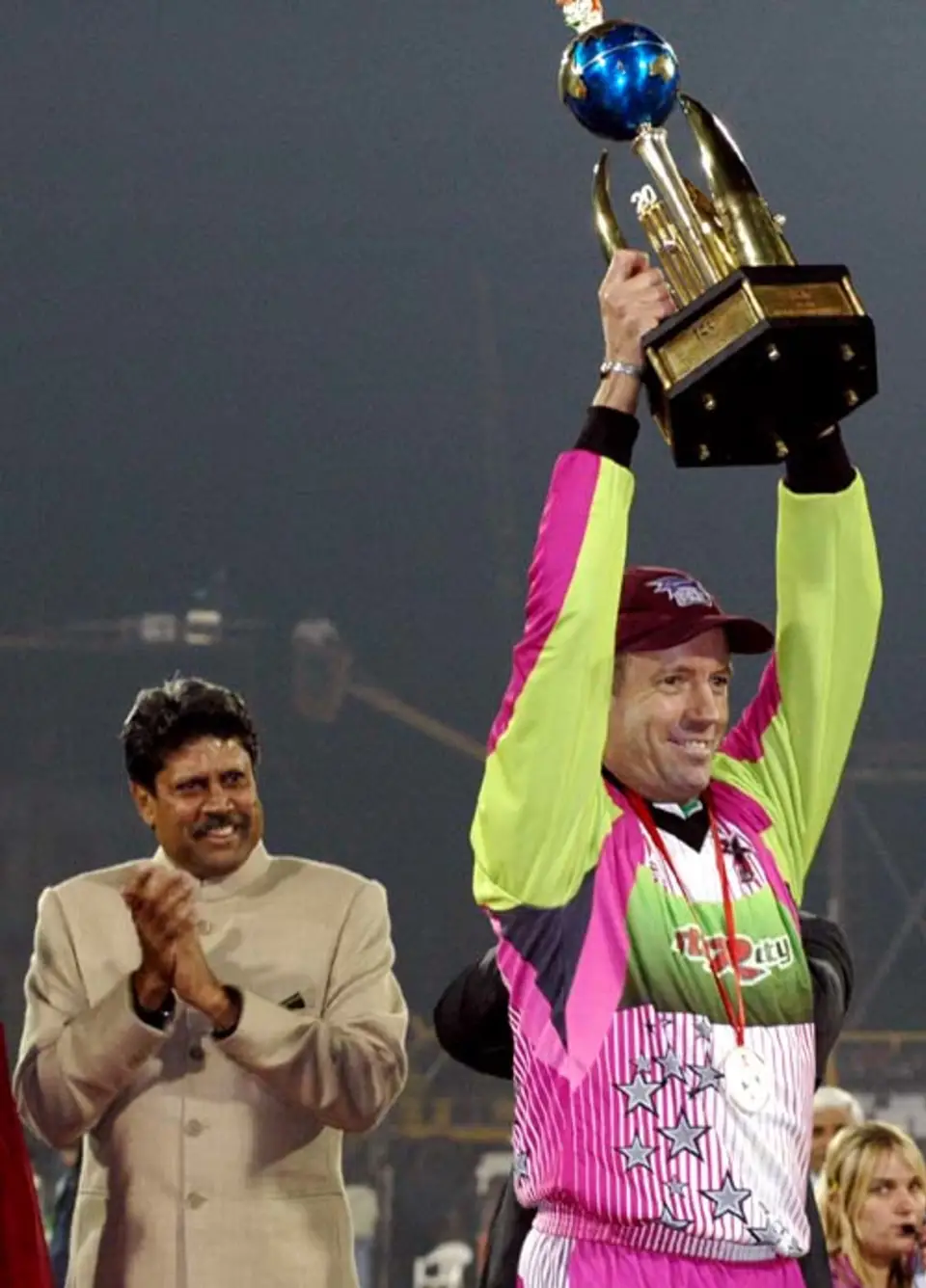
But the BCCI was on their way as well. The concept for the IPL was put together in 2007, coincidentally the year in which we saw the first T20 World Cup. This was a tournament that the BCCI argued against, and then their senior-most players didn’t turn up for.
A lot changed when Misbah-ul-Haq spooned a ball to short fine leg against a young team of Indian players led by MS Dhoni. This tournament went from not mattering to being India’s first world title since 1983.
The first auction saw Delhi, Mumbai, Bangalore, Punjab and Kolkata-based teams signing Virender Sehwag, Sachin Tendulkar, Rahul Dravid, Yuvraj Singh and Saurav Ganguly as their icon players. The teams were given a purse of five million USD at the auction but had to spend a minimum of 3.3 million. Interestingly, the Rajasthan Royals were fined for not spending the minimum amount after the first round of auctioning.
MS Dhoni, who had just led India to the T20 World Cup, sparked a bidding war, coming away with a price tag of 1.5m USD - he was the first millionaire and most expensive buy of the auction. Andrew Symonds and 38-year-old Sanath Jayasuriya were the next most expensive, going at 1.35m and 975k. Cricket wasn’t used to millionaires, or even paying players their worth. Now they were being auctioned off in prime time as livestock.
Organizers were also keen on exposing young players, so they assigned two Indian Under 19s to each franchise via the draft. Delhi had first pick but went for left-arm quick Pradeep Sangwan, while RCB bagged Delhi-born Virat Kohli.
The 2008 IPL was also the first and last time we saw Pakistani players in an Indian Premier League tournament—they were unofficially banned in 2009. The ICL actually had a team called the Lahore Badshahs.
The tournament's opening ceremony was more extravagant than cricket was used to. Bollywood was now a part of cricket through people like Shah Rukh Khan being owners. But the business meant more, with names like Mukesh Ambani and Vijay Mallya among the franchise owners.
Cricket also looked different. Brendon McCullum strolled into the middle with Sourav Ganguly, adorned in a gold helmet and pads to match.
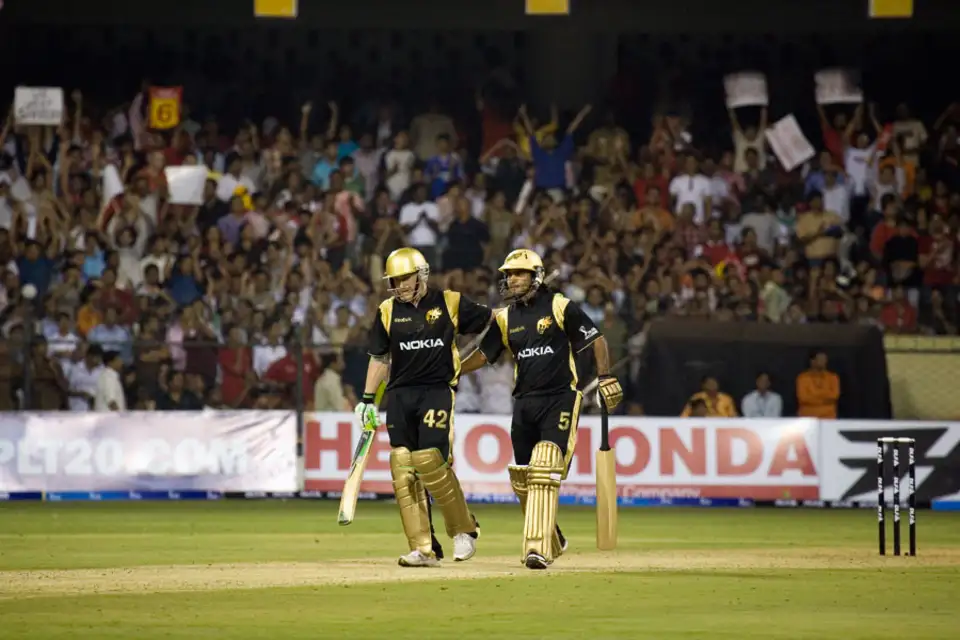
McCullum then took down the RCB bowling line-up, swinging his bat like a gladiator in the colosseum he was supposed to represent for a team called the Knight Riders, a name seemingly taken from a 1982 TV show about a car. He smashed 158 off 73 balls - the only other batter in the KKR line-up to score at faster than a run a ball was Mohammed Hafeez, and he made 5 off 3. The IPL might have been a success without this knock, but this exploded the first game. It’s still one of the greatest T20 innings ever played.

The tournament was entertaining. It had the high-scoring games and low-scoring thrillers you need to start a new venture. New stars like MS Gony were born from nowhere. To be a star before, you needed to be in the top eleven players of your nation. Now you just need three good T20 matches and an interesting backstory.
But the big name plates were there as well. Shane Warne was part player and part promoter. And RCB signed up all the best Test players around. The crowds flocked in numbers that made no sense for domestic cricket. And the TV audiences were crazy, even for India, and cricket.
It didn’t even seem to matter that the top three awards all went to overseas players. Shaun Marsh, a late entrant to the tournament, ended up as the highest run-scorer, bagging the first-ever Orange Cap. The left-hander, who was yet to represent Australia at the time, was signed for just 30k USD by the Kings XI Punjab. He scored 616 runs at a strike rate of 139 and was a key figure in one of their most successful campaigns.
Sohail Tanvir was by far the most effective Pakistani player in the tournament. The relatively unknown, wrong-footed left-arm quick, like Marsh, didn’t even play all his side’s games but picked the most wickets in the tournament - 22 in 11 matches at an incredible strike rate of 11.22. He also became the first to pick up a 5-wicket haul in the IPL - his 6/14 was the best bowling performance recorded in the competition for over a decade. His lone season in the IPL proved to be a launching pad to a hugely successful career as a T20 specialist.
Those two were fairly unknown, Shane Watson was well-established. But he had never quite lived up to his early hype. Outside incredible short bursts in the 2007 World Cup, he was kind of seen as a bust.
But for those five weeks in India, he was a beast. His best performance came in the semi-final against the Delhi Daredevils. He belted 52 off 29 to help Rajasthan post 192 and then with his opening spell, he ended any hope of a Delhi chase with 3/10. Finishing fourth on the list of wicket-takers and run-getters, he became the IPL’s first MVP.
The tournament had plenty more special moments on the field - Sachin Tendulkar and Sanath Jayasuriya walking out to bat together as openers for the Mumbai Indians - a 90s kid’s dream. Glenn McGrath and Mohammed Asif opening the bowling for Delhi Daredevils - wrist perfection from each end. And the hardest to dismiss Test pairing ever, with Rahul Dravid and Shivnarine Chanderpaul together at the top of the order for RCB.
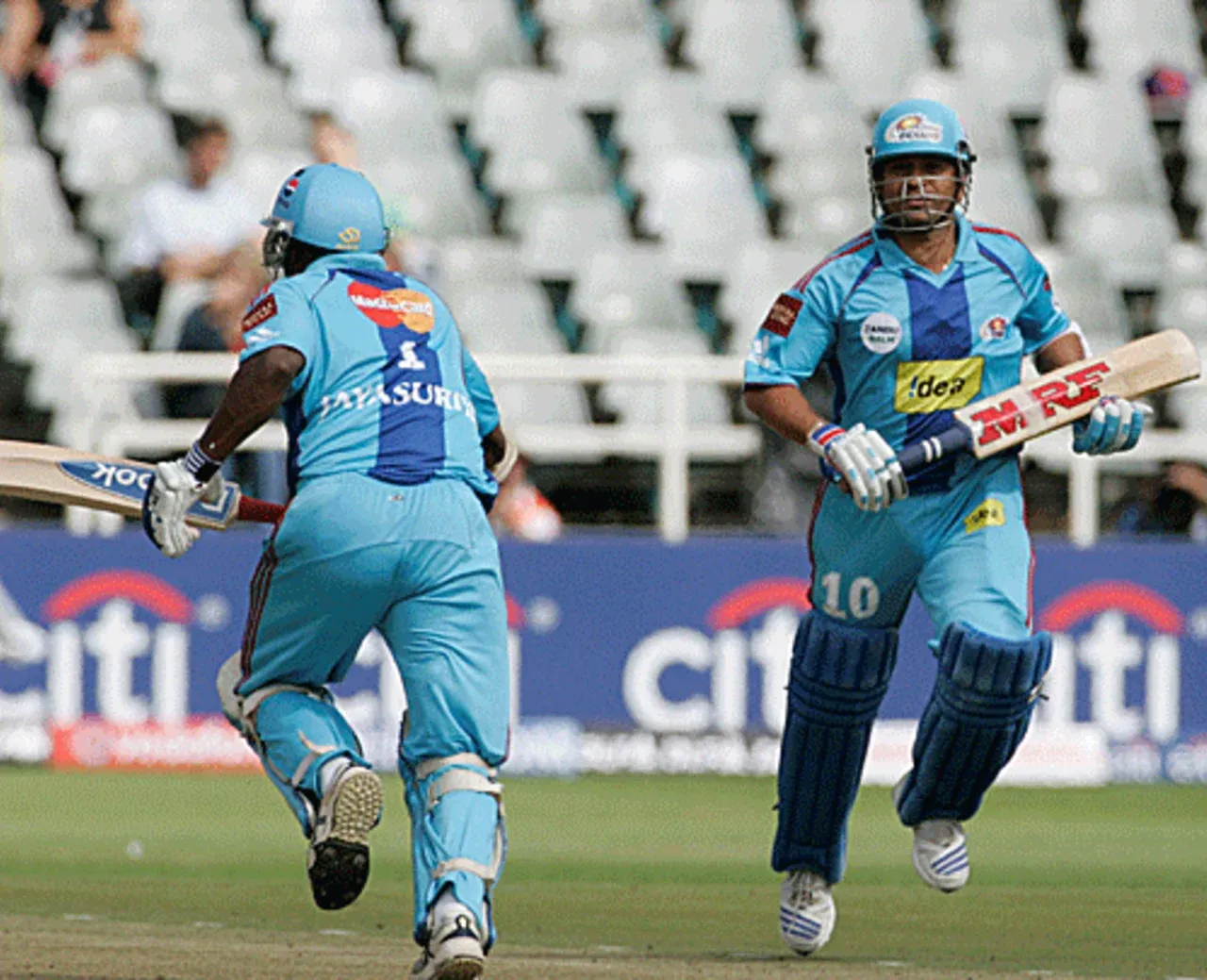
Off the field wasn’t short of drama either. While the crowds thronged to the venues, it didn’t take long for people to find issue with the cheerleaders the teams had hired. There were even allegations of racist behavior. Of course, RCB's Vijay Mallya had to have the most eye-catching cheerleaders, hiring them from the NFL team Washington Redskins (a team that also would have a controversial owner).
On the field was the slap, Harbhajan Singh taking down Sreesanth. Nobody really knows the exact story, but Harbhajan’s emotions seemed to have bubbled over following a third consecutive loss for the Mumbai Indians, showing that it meant a lot. Meanwhile, Punjab’s Sreesanth was caught on camera sobbing uncontrollably. After an investigation, Harbhajan was suspended for the rest of the tournament.
That wasn’t the only player ousted. Mohammed Asif was banned for a year after he tested positive for steroids. By the time his ban would lift, Pakistani players were no longer welcome at the IPL.
It went better for the Rajasthan Royals. While the other teams stacked their squads with stars, Rajasthan went in the opposite direction. The lack of star power meant people assumed they would finish at the bottom of the table, and those predictions only grew in number as they crashed to a 9-wicket loss in their first game. But from then on, they went on an incredible run of 11 wins in their next 13 games to top the standings at the end of the group stage.
In hindsight, they may just have been the first ‘moneyball’ team we’ve seen in cricket. With Shane Warne, who’d retired from international cricket by then, as captain and coach, they built a team with exactly the players they needed to go all the way.
Having never been given the Australian captaincy, perhaps Warne saw the tournament as his pet project. The relatively unseen and untested capabilities of Neeraj Patel, Swapnil Asnodkar, Ravi Jadeja and Yusuf Pathan combined well with the experience of Shane Watson, Graeme Smith and Sohail Tanvir, with Warne orchestrating it all. In Warne’s words, ‘It was just one of those things that was meant to be’.
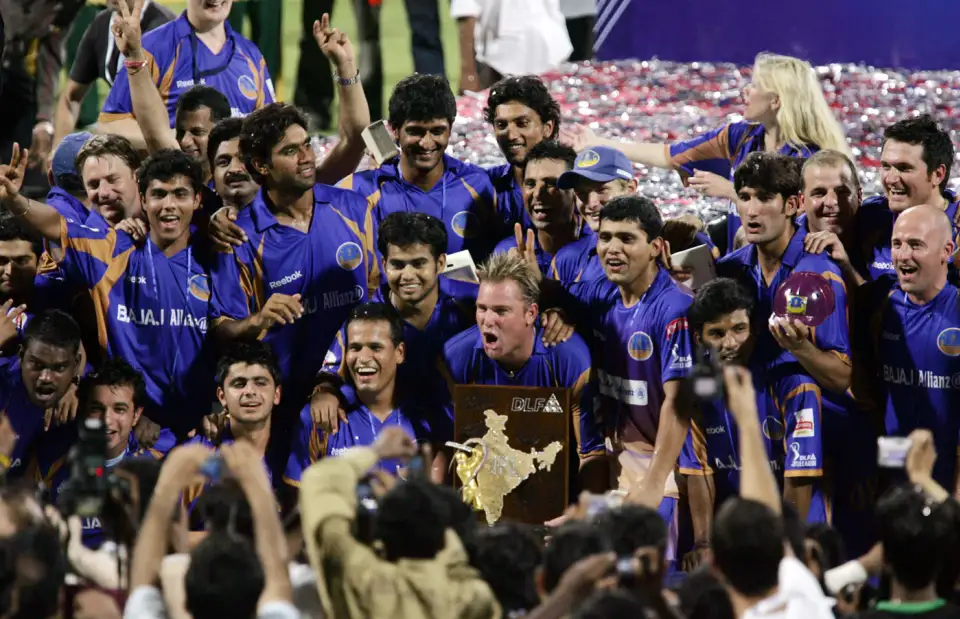
In 2008, T20 cricket was at its infancy. Be it strategy, squad building, or team combinations, it seemed like nobody really had any idea about how to go about things. Most was trial and error. Compare that to now, where analytics is one of the most integral parts of the game and the IPL is the leader in all aspects.
When it all began, there were traditionalists who claimed it wasn’t even ‘real cricket’. Other boards tried to replicate its success, but in 17 years, the IPL has gone above and beyond anyone’s imagination - a juggernaut of an event with no signs of slowing down.
The interesting thing is now that if ODI cricket’s heyday was 1992 until 2008, the IPL has been more successful for pretty much the same time. And while there were people who thought it would work, it has outgrown almost everything except Lalit Modi’s dreams.
The first tournament was confusing and bizarre. It was Indian capitalism spray painted on cricket. Before the first game, the players went out and signed up to the MCC’s Spirit of Cricket pledge. That whole thing seems like another world now. The idea of the IPL needing to sign something from the MCC now seems weird. And really what those players signed that day was not some nonsense about spirit, but they were buying cricket. And it has been the IPL’s ever since.

